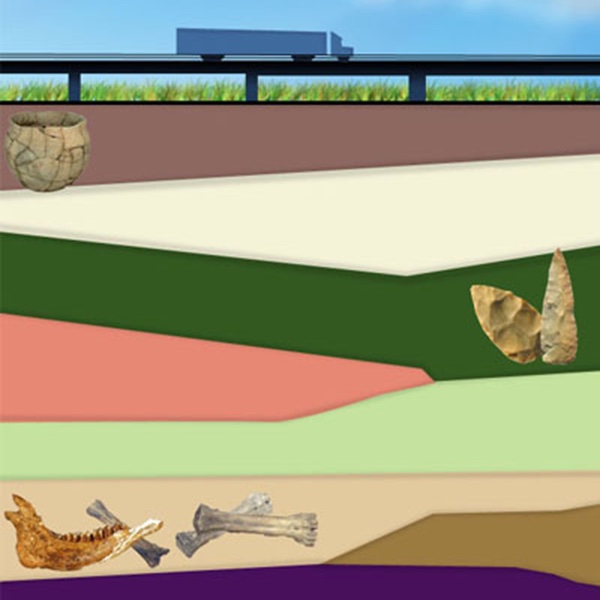Mapping and Excavating a Jell-O Mold

Download lesson plan and included materials
Subject: Math and Social Studies
Grade:5th, may be adapted to 3rd
Author: Alice Elia, revised by Mary Rodriguez (2023)
Time Duration: One or two 45-minute class period
Overview: Students will learn how archeologists excavate sites by doing their own excavation on a Jell-O mold.
TEKS: Mathematics, Grade 5
- (1A), apply mathematics to problems arising in everyday life, society, and the workplace
- (1C), select tools, including real objects, manipulatives, paper and pencil, and technology as appropriate, and techniques, including mental math, estimation, and number sense as appropriate, to solve problems
- (1D), communicate mathematical ideas, reasoning, and their implications using multiple representations, including symbols, diagrams, graphs, and language as appropriate
Social Studies, Grade 5
- (5.23A), differentiate between, locate, and use valid primary and secondary sources such as technology; interviews; biographies; oral, print, and visual material; documents and artifacts to acquire information about the United States
- (5.24A), apply mapping elements, including grid systems, legends, symbols, scales, and compass roses, to create and interpret maps
Materials:
- 3 sheets of grid handout for each group (included)
- "An Imaginary Archeological Site" handout (optional, included)
- 1 clear bowl of Jell-O for each group with three different color layers with fruit or other objects embedded inside. An idea for fruit is to have fresh grapes on the top layer, older grapes in the middle layer, and raisins in the bottom layer to show that older objects are often found deeper in the ground.
- Extra bowls or buckets
- Spoons
Activities and Procedures:
Step 1: Teacher will prepare the three-layer Jell-O before the class
Step 2: Split students into groups of three, 1 recorder, 1 person to excavate, and 1 mapper.
Step 3: Hand out 1 sheets of the grid paper to each group.
Step 4: Have students map the three layers of Jell-O. Draw in each grape, raisin, or other object on the grid paper layer by layer. They will need to carefully remove each layer after they have finished mapping it so that they can access the next layer.
Step 5: Have students remove the items (grapes, etc.) from each layer of Jell-O and write down their findings at the bottom of the grid paper in the wonder and notice columns.
Step 6: Have each group share a portion of its findings with the class.
Extension Activities: Have students read the "An Imaginary Archeological Site" handout and answer the questions on it.
Assessment: Completed "A Grid of the Artifacts" handout.